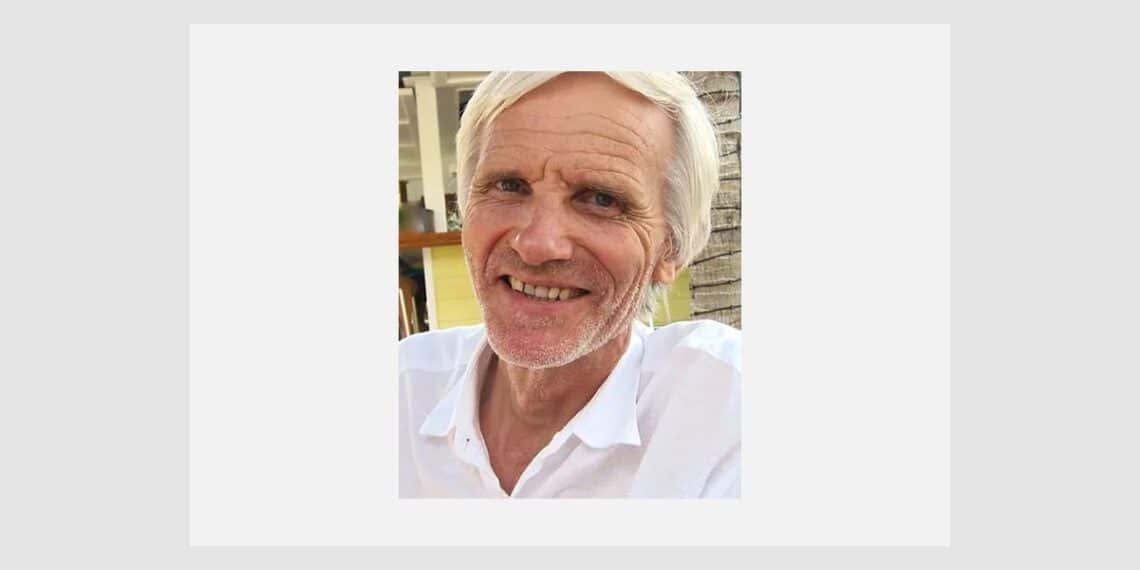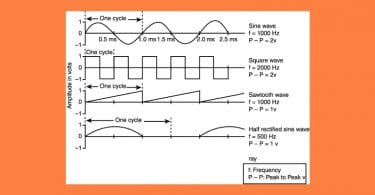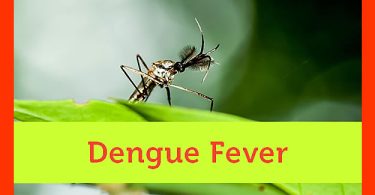I am writing to ask Rudi some questions following his excellent contributions over the last 4 months concerning the true meaning of Hahnemann’s terminology. I hope that some readers will share at least a few of my questions, as Rudi’s ideas are challenging and I found that I needed to read the articles a number of times. I felt very comfortable with much of what Rudi said, but some concepts raised questions. Further, I am not the scholar that Rudi is, and prefer/need to use the simplest terminology possible.
My understanding is that Rudi, through an improved understanding of Hahnemann’s actual language, has said the following:
- The term vital force has been misunderstood through poor translations. Hahnemann used the term wesen or Dynamis, meaning the inner essence, nature or genius of something, the animating principle; the dynamic aspect of a thing that has the power to affect other wesen. The life force is the executive function of this dynamic principle or power. The life force has more or less life energy.
- Hahnemann mentioned two aspects of the life force, namely (i) the sustentive power (erhaltungskraft): that aspect of the Dynamis/life force that maintains and restores homeostasis in the face of stressors and disease agents. It cannot remove disease, but only restores balance after the disease is gone or has been destroyed by the curative medicine. (ii) the generative power (erzeugenskraft): that aspect of the Dynamis/life force that generates new life (cell division, progeny), and that is involved in (a) the creation by a disease wesen of a disease in the human wesen, or (b) the curative action of the medicinal wesen (artificial disease).
- The term homoeopathy has been misused to mean the whole of Hahnemann’s healing system. Hahnemann used the word heilkunst to describe his entire system, which is comprised of the German terms “heil” (whole) and “kunst” (art). The term “heil” has a physical and spiritual dimension. The term “kunst” means more the deeper science of mind that is able to get at truth and the inner meaning of things. Hahnemann used homoeopathy to mean the selection of a medicine according to the match of symptoms of a disease in a sick person against the similar symptom pattern of the remedy as produced in one or more healthy persons (provers).
- Disease occurs in two stages: (i) The generative power of an inimical wesen impregnates the generative power of a susceptible human wesen, causing a new disease inside the human wesen, and further weakening its generative power. Hahnemann defines this as the initial action (eerstwirkung) of the disease. (ii) The sustentive power of the life force then rallies to try to drive the disease out, and this produces the disease expression (or symptoms) that we often term the disease. Hahnemann calls this the counter action.
- Diseases may be divided into primary (constant nature) which require a fixed medicine, and secondary (variable nature) which require individualised medicines.
- There is a two stage process of remediation or relief (heilen). (i) Cure results when the initial action of a medicinal wesen chosen using the Law of Similars, which Hahnemann termed an artificial disease (arzneikrankheit), acts on the corrupted generative power of the human wesen andannihilates the disease wesen, allowing the re-strengthening of the generative power of the human wesen. (ii) Healing refers to the restoration of health by eliminating waste and repairing damage caused by a disease. The act of healing is undertaken by the sustentive power of the life force, and gives us the counter action or in the case of remediation, the healing reaction.
- A medicine has the power to penetrate the generative power at all times in all individuals, whereas the disease has only the power to engender where there is a predisposition.
- The dual nature of the Dynamis, of the disease, and of the remedial process means that there is a distinction between disease and an imbalance. A disturbance of the sustentive power does not necessarily affect the generative power. In such cases, there is no disease, but only an imbalance. The law of similars should not be used except in disease; the other law of nature, the law of opposites must be used where there is no disease, but only an imbalance. For example, a deficiency of Vitamin C must be corrected with the addition of Vitamin C to the regimen. Thus, it is important that all the symptoms of the patient are related to the proper underlying cause. Symptoms due to deficiency cannot be corrected by medicine, and symptoms due to disease cannot be corrected using regimenal measures.
A very brief summary of the process of disease and healing (parts 4 and 6 are my inclusion):
- The disease wesen impregnates the generative power of the susceptible human wesen.
- The sustentive power of human wesen tries to drive out disease wesen (producing symptoms).
- The medicinal wesen of a similar artificial disease eliminates disease wesen.
- The medicinal wesen then weakens, allowing sustentive power of human wesen to eliminate it.
- The generative power of the human wesen is then able to work freely.
- The sustentive power and the generative power of the human wesen, together with good nutrition, lifestyle etc to correct imbalances, will permit the restoration of health.
Questions for Rudi:
- Have I made any errors in the above summaries? If so please correct them.
- What is the real purpose of differentiating between the Dynamis, wesen and the life force, rather than just use one word. You appear to use them interchangeably at times.
- It is appropriate to talk of a two stage disease process, but is it correct to say that the disease has a dual nature (you were talking about the initial and counter actions, not primary and secondary diseases)? The counter action, as you say, is not actually an action of the disease, but a reaction by the sustentive power of the Dynamis.
- You say that “the efforts of the sustentive power allow for the restoration of homeostasis as both the natural and artificial disease have been destroyed in the initial action“. My understanding is that the first action of the artificial disease is to annihilate the natural disease, but then the patient is under the influence of the artificial disease for a period of time, which then naturally weakens (because it is artificial) allowing the sustentive power to eventually work. This is different to what you say in the quote.
- You use the term the law of opposites, and give the use of Vitamin C when there is a deficiency of Vitamin C as an example. To my understanding, the law of opposites applies when, for example, a laxative is given to cure constipation. This is totally different from simple nutrition providing necessary physical building blocks, otherwise we would see all food as working according to the law of opposites. The law of opposites creates suppression, but simple nutrition does not.
- You talk about disease, cure and health. Can you describe health in your terminology, i.e. where a person is exposed to the generative power of a disease wesen, and is not susceptible, and does not become unwell (the old explanation is that either the person is too sick, or too well). Can it simply be the case that the sustentive power of the human wesen is stronger than the disease wesen, or is it the generative power that needs to be stronger, or both?
- When talking about primary and secondary diseases you say for example, all patients with measles should receive the specific medicine for measles, Morbillinum. However, if this is not done, then the measles disease will give rise to a secondary, variable nature disease that is not predictable in a given case, but needs to be determined by waiting for the symptom picture, the image of the disease, to emerge in each case. In one chickenpox case the symptom picture might point to Antimonium crudum, and in another case, to Pulsatilla. I would appreciate more explanation here. This is suggesting that all constant-nature diseases are best treated by the nosode. Is this correct? If it is, does this imply that GV’s suggestion of early treatment is incorrect, given that Hahnemann did not have nosodes?
- Can you help distinguish further between the nature and the actions of the sustentive power and the generative power of the Dynamis.
Once again, I would like to thank Rudi for his great contributions. I look forward to learning more. It would be wonderful if a single, internationally acceptable, set of terms could be developed. I feel that Rudi will need to show some flexibility to accommodate existing terminology. For example, (a) the use of constant nature and variable nature would be less confusing than primary and secondary when referring to types of disease due to alternative uses of these words, (b) an alternative to heilkunst for English-only speakers would be worth considering (although I know that Rudi would prefer heilkunst). I would appreciate the opportunity to do further work on this.






